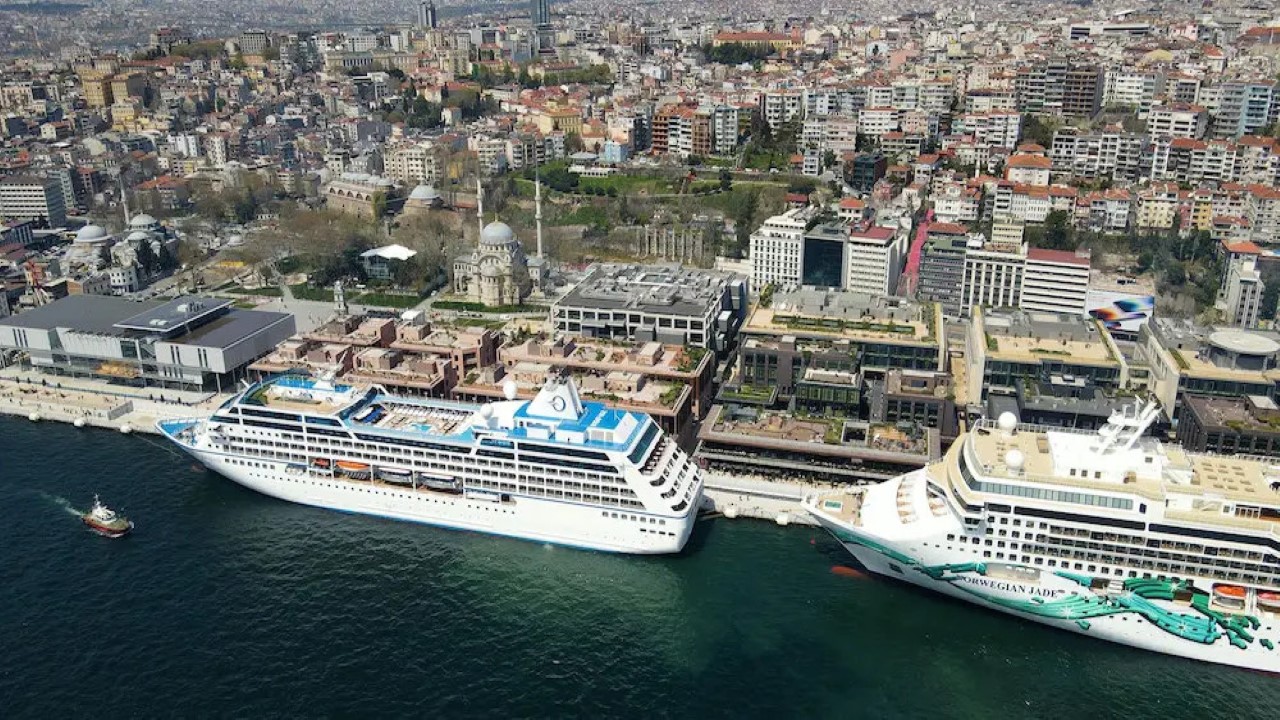Galata Cruise Port: Istanbul’s Gateway to the World
Introduction
The Galata Cruise Port, formerly known as Galataport, is a state-of-the-art maritime hub in Istanbul, redefining the city’s waterfront and serving as a crucial gateway for international cruise travelers. Located on the historic shores of the Bosphorus, the port seamlessly blends modern infrastructure with the deep-rooted heritage of Istanbul, creating a unique space where history meets luxury travel.
Galata Cruise Port is more than just a docking station; it is an integrated urban development that offers retail spaces, cultural attractions, and an open promenade. The area has witnessed remarkable transformations over the centuries, evolving from a medieval trading post to a 21st-century cruise terminal.
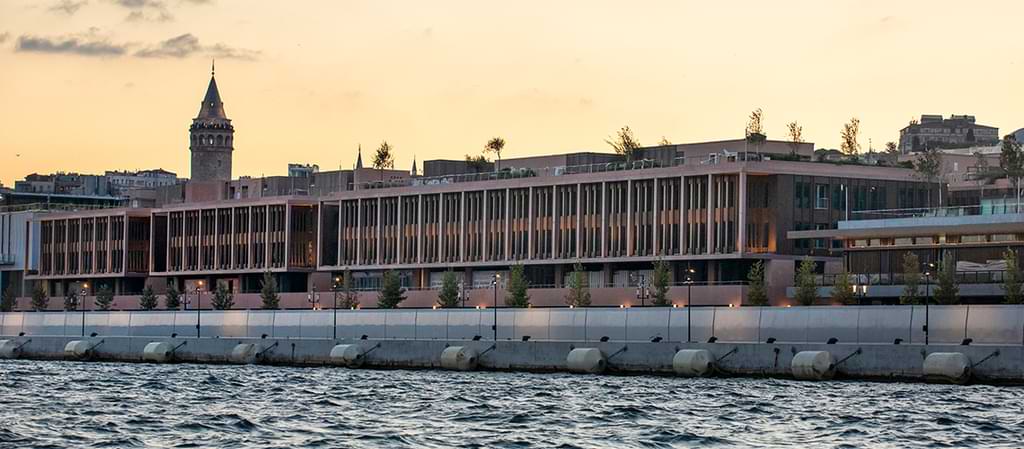
The Historical Evolution of Galata Cruise Port
Early Maritime Trade and the Genoese Influence
The Galata district, where the cruise port is located, has been a significant trade hub for centuries. During the Byzantine era, this area was primarily used for maritime commerce, serving as a key entry point for goods and traders coming from the Mediterranean and the Black Sea.
In the 13th century, the Genoese established a colony in Galata, reinforcing its importance as a commercial and maritime center. They built fortifications, warehouses, and docks, laying the foundation for the area’s long-standing connection to global trade routes.
The Ottoman Period and the Expansion of Trade
With the Ottoman conquest of Constantinople in 1453, Galata retained its role as a major trade hub. The Ottoman Empire, with its vast territories across Europe, Asia, and Africa, used the port for maritime trade, connecting Istanbul to markets in Venice, Egypt, and beyond. The district became home to foreign merchants, bankers, and shipbuilders, fostering a diverse and cosmopolitan environment.
The waterfront saw the development of new piers and warehouses, and by the 19th century, Istanbul had become one of the busiest ports in the Eastern Mediterranean. European influence continued to shape the area, with the construction of modern docks and customs buildings.
The 20th Century: Decline and Renewal
During the 20th century, the decline of the Ottoman Empire and global shifts in maritime trade led to a reduction in the port’s significance. The area became industrialized, with aging infrastructure that struggled to accommodate modern vessels.
However, recognizing the need for revitalization, the Turkish government initiated several redevelopment projects, ultimately leading to the transformation of the Galata waterfront into a world-class cruise terminal.
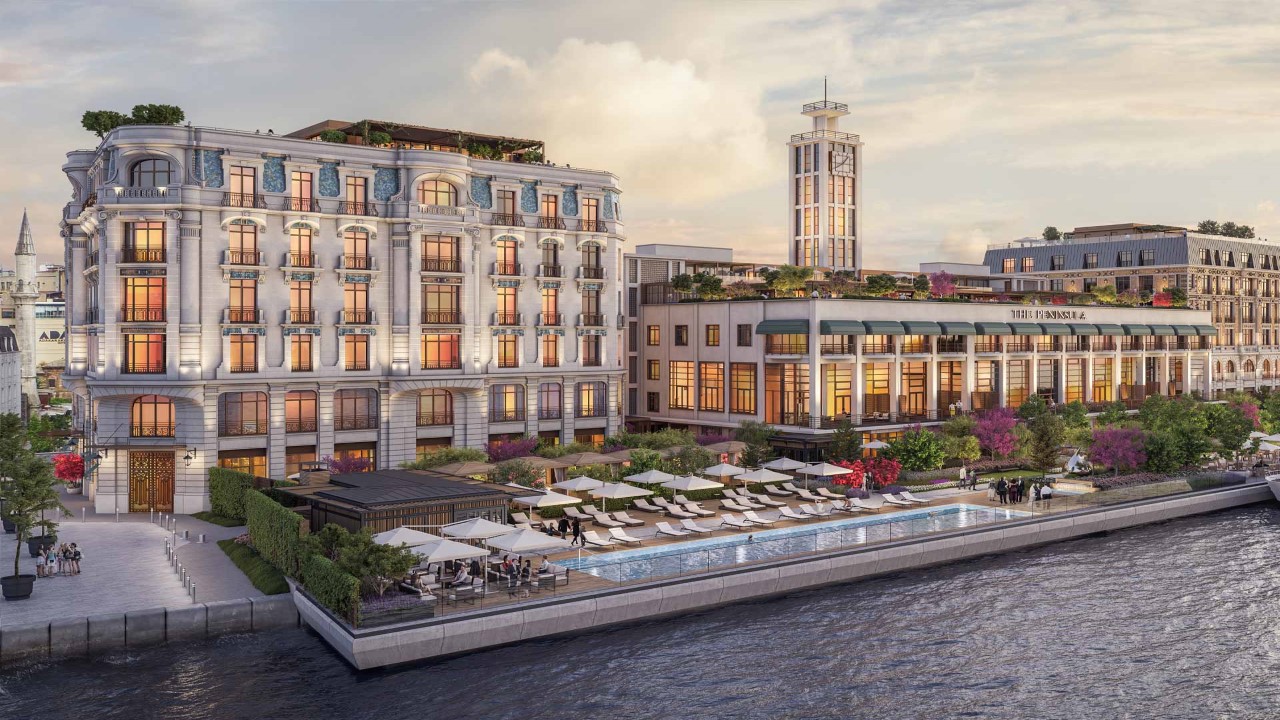
The Modern Galata Cruise Port: A New Era Begins
Design and Infrastructure
The new Galata Cruise Port, completed in 2021, is a state-of-the-art facility featuring:
- An underground cruise terminal, making it the first of its kind in the world, allowing unobstructed pedestrian access along the Bosphorus.
- A seamless customs and immigration process, ensuring quick and efficient handling of passengers.
- Retail, dining, and cultural spaces, including museums and art galleries, making the port a vibrant social hub.
This innovative design has transformed the waterfront, making it accessible to both visitors and locals.
Cultural and Commercial Development
Galata Cruise Port is more than just a terminal; it is a thriving cultural and commercial destination. Some key attractions include:
- Istanbul Modern Art Museum: A premier contemporary art institution located within the port area.
- Retail and dining spaces: Offering high-end international brands and local Turkish cuisine.
- Open promenades: Allowing visitors to enjoy uninterrupted views of the Bosphorus, a feature previously unavailable due to industrial port operations.
Impact on Istanbul’s Tourism and Economy
The reopening of the cruise port has significantly boosted Istanbul’s economy, with increased cruise ship arrivals bringing thousands of visitors each year. Luxury liners, including MSC Cruises, Viking Cruises, and Royal Caribbean, now dock at Galata, reaffirming Istanbul’s place on the global cruise map.
The project has also created thousands of jobs, revitalizing the local economy and enhancing the city’s global appeal.
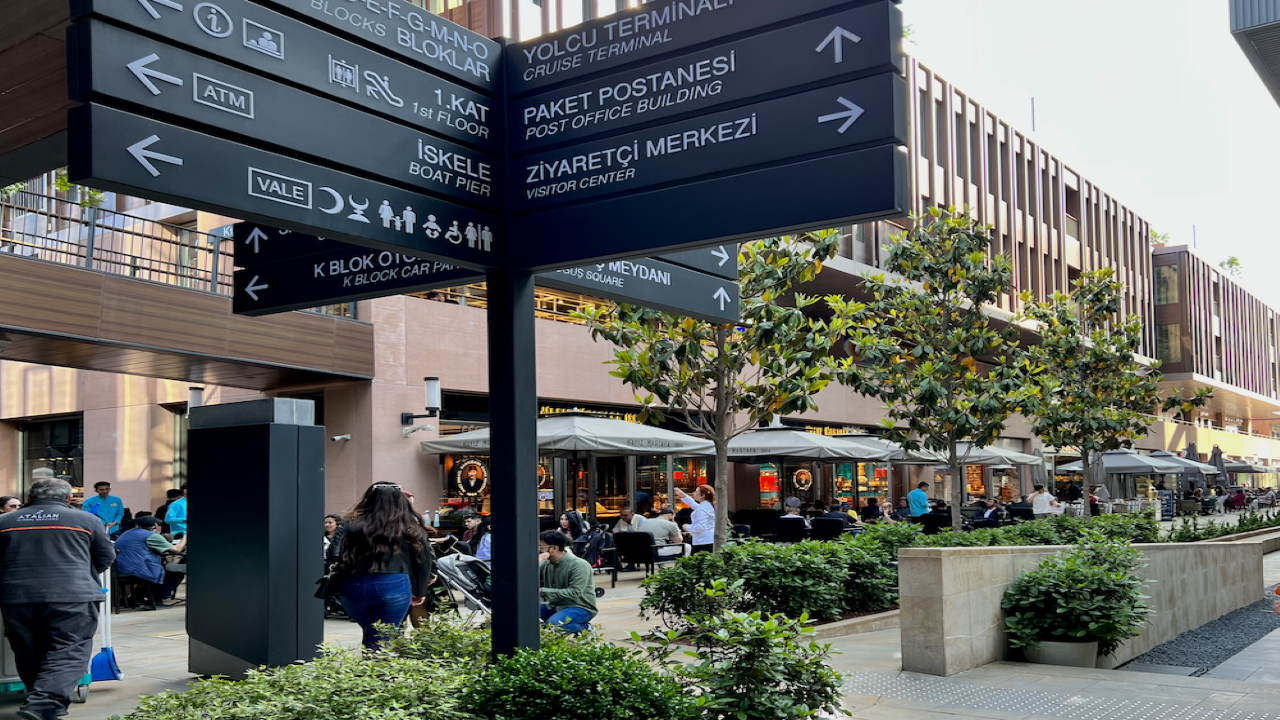
Significant Events at Galata Cruise Port
Grand Opening and First Cruise Arrival (2021)
The port’s grand opening marked a new chapter in Istanbul’s maritime history. The arrival of the first cruise ship symbolized the city’s re-entry into the luxury cruise industry.
Istanbul Biennial and Cultural Events
Since its completion, the port has hosted art exhibitions, fashion shows, and concerts, becoming a prime location for international cultural events.
Hosting International Cruise Conferences
Galata Cruise Port has also become a key venue for global cruise industry conferences, strengthening Istanbul’s reputation as a major cruise destination.
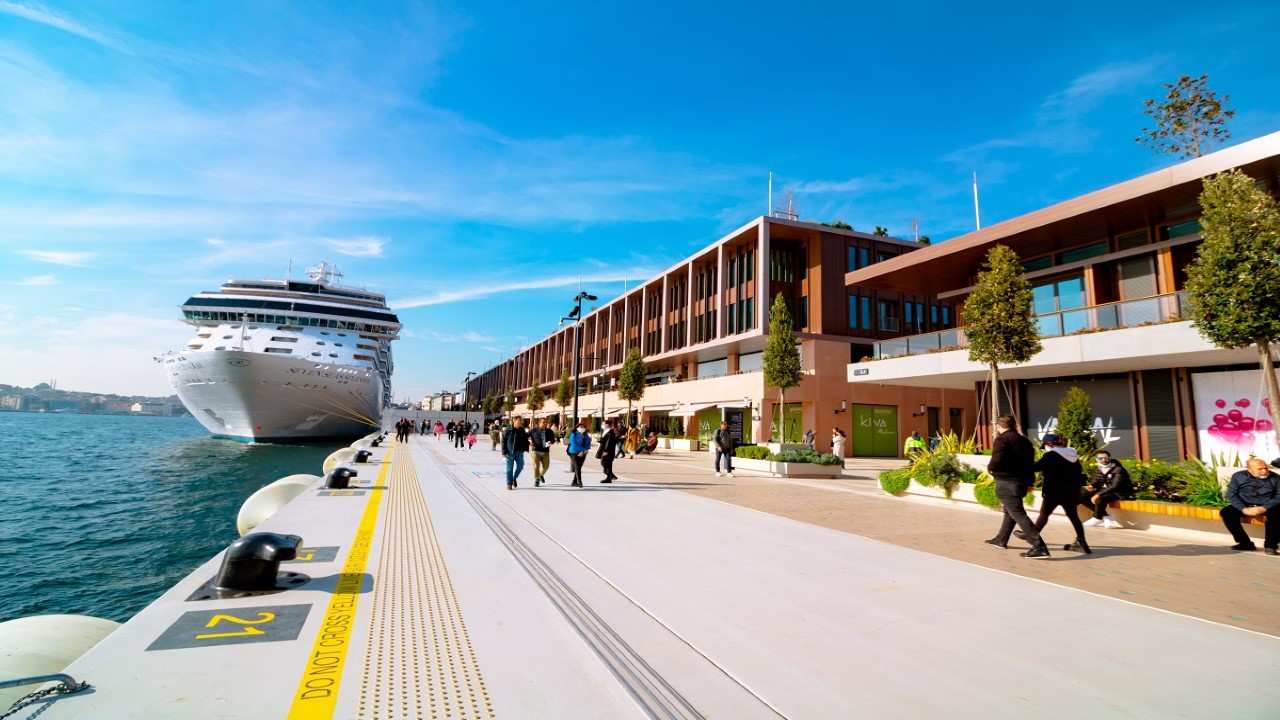
Conclusion
Galata Cruise Port represents the seamless fusion of history and modernity, revitalizing Istanbul’s maritime legacy while serving as a premier destination for global travelers. Whether you’re arriving by cruise, enjoying a stroll along the Bosphorus, or exploring the cultural sites nearby, the port offers an experience like no other.
As the gateway to one of the world’s most dynamic cities, Galata Cruise Port is not just a point of arrival—it is the beginning of an unforgettable journey.
FAQs About Galata Cruise Port
Galata Cruise Port is located along the Bosphorus waterfront in the Karaköy district of Istanbul, near landmarks like the Galata Tower and Istanbul Modern Museum.
Major international cruise lines, including MSC Cruises, Viking Cruises, and Royal Caribbean, regularly dock at Galata Cruise Port.
Popular attractions include Galata Tower, Istiklal Street, Dolmabahçe Palace, and the Istanbul Modern Art Museum.
Yes! Unlike traditional ports, Galata Cruise Port has an open promenade, allowing both tourists and locals to enjoy the Bosphorus views.
Since its redevelopment, the port has significantly boosted tourism, attracting thousands of cruise passengers annually and contributing to Istanbul’s economy.
